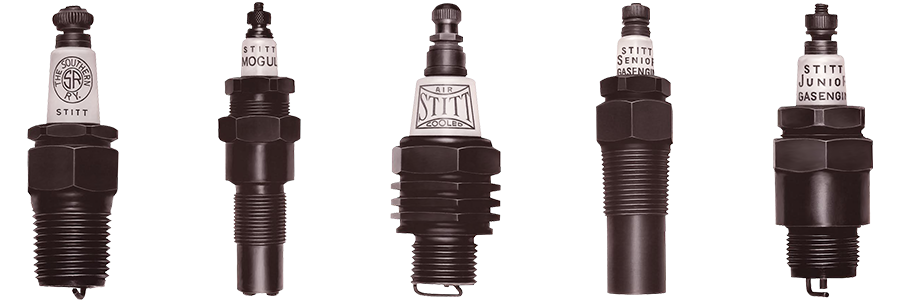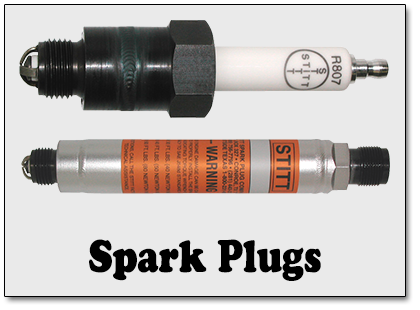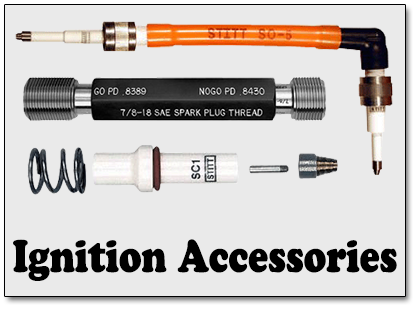Stitt Spark Plug Company
Stitt was originally founded in Ohio in 1916 as the LaFrench Power Spark Plug Company. In 1918 the company was renamed Stitt Ignition Company in honor of their first chief engineer, Benton Stitt. By 1953, Stitt was supplying it's multiple electrode, long life spark plug to stationary gas engine manufacturers for original equipment installation. Stitt found itself in a world wide market for specialized spark plugs designed for use mostly in large stationary industrial engines fueled by natural gas.

Texas was where most big gas engines were being used for the production and transmission of oil and natural gas. A major part of the company's business was located in Texas, so Stitt moved its operations to the Lone Star State in 1971. The company began working with the major heavy-duty diesel engine manufacturers in Europe as well. They developed programs to convert some of their products to spark-ignited gas engines as pipelines made natural gas more available. The success of these programs resulted in Stitt supplying its specialized spark plugs as original equipment to major manufacturers of gas engines.
Today's Stitt Spark Plug Company is one of the oldest continuously active spark plug manufacturers in the world and continues to improve its product line with innovative technologies.
What Separates Stitt Spark Plugs from the Competition?
Precious Metal Electrode Features
Precious Metal Electrode Features
Monolithic Gold-Palladium (AuPd) is the precious metal that Stitt selected for the electrodes of their spark plugs, based on years of field research. The superiority of Gold-Palladium in comparison to other precious metals are these:
Thermal Conductivity
Gold-Palladium (AuPd) is able to transfer combustion heat at a speed almost three times (3X) as fast as commercially pure platinum (Pt), and four times (4X) as fast as the nickel (Ni) alloys routinely used for spark plug electrodes. To retard accelerated rates of electrode erosion, the fastest practicable rates of electrode thermal transfer are required.
Advanced Thermal Conductivity
The removal of heat is directly related to the size of the pipe that is the thermal conduit: a large diameter pipe will remove heat at a faster rate than will any smaller diameter pipe. The monolithic Gold-Palladium (AuPd) electrodes that Stitt offers have a considerably larger thermal pipe than those furnished by other manufacturers.
High Melting Point
The melting point of Gold-Palladium is almost as high as platinum. It is every bit as high as most of the nickel alloys used in spark plug electrodes, and it is compatible with the melting points of internal combustion engine power cylinder component materials.
Excellent Resistance To Corrosion & Chemical Attack
Gold-Palladium is far superior to platinum. Platinum is highly susceptible to poisoning and deterioration when exposed to internal combustion engine lubricant additive packages and fuel gas compounds. In highly oxidizing environments, gold-palladium is less likely to volatilize than iridium.
Negligible Catalytic Reactivity
Most precious metals have a high degree of catalytic reactivity when exposed to methane (and other hydrocarbons) which are routinely the consitituents of pipeline quality natural gas. Platinum is the most catalytically active precious metal, which is why Stitt offers Gold-Palladium as the precious metal electrode's standard alloy. Gold-Palladium seems to have negligible reactivity in the presence of methane, making it one of the few precious metal alloys suitable for operation in natural gas fueled engines using every kind of natural gas.
Spark Gap Surface Area
Stitt's 2SGN and 2SGA plugs are far superior to all others when evaluated for this feature. As a general rule, the larger spark gap surface area creates the longest spark plug life.



